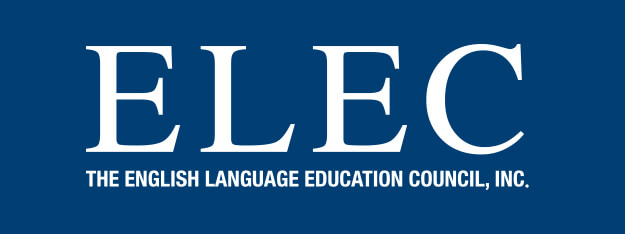
基本的な調音音声学に基づくIPA子音の指導法 (1/4)
Andrew先生による、シンプルな調音の仕組みを活かしたIPA(国際音声記号)の効果的な指導アプローチをご紹介します。
全4回の連載を通して、現場で実践しやすい基本的なアイデアが満載です。ぜひ最後までお楽しみください!
Teaching IPA Consonants Using Basic Articulatory Phonetics (1/4)
Part 1: Consonants
Introduction
Language teachers in Japan are fortunate to have access to a useful classroom tool in the International Phonetic Alphabet (IPA). The IPA is designed around concepts from articulatory phonetics – the study of how speech sounds are physically produced. Many Japanese students can read a selection of IPA characters, which reduces their reliance on katakana for pronunciation. However, in my experience, the IPA is often taught in a rote way, as opposed to learning it from an articulatory standpoint the way linguists do. This article aims to give some basic ideas on how to approach teaching the IPA using some simple articulatory mechanics. Content covered is restricted to forms used in the English language.
Overview
The latest version of the official IPA chart can be downloaded from the International Phonetic Association website at:

“IPA Chart, http://www.internationalphoneticassociation.org/content/ipa-chart, available under a Creative Commons Attribution-Sharealike 3.0 Unported License. Copyright © 2015 International Phonetic Association.”
When considering consonants, the IPA chart can be used to distinguish three of the four major aspects of speech production (Davenport & Hannahs, 1998)*1. The horizontal rows are the places of articulation. The vertical columns, the manner of articulation. Each cell on the chart can have up to two symbols in it: the position of the symbols on the left or right side of the cell indicates it’s voicing. This paper will provide a brief overview of each, along with some teaching tips.
Reference:
*1 Davenport, M., & Hannahs, S. J. (1998). Introducing phonetics and phonology. Arnold.
基本的な調音音声学に基づくIPA子音の指導法 (1/4)
パート1: 子音
はじめに
日本の語学教師は、国際音声記号(International Phonetic Alphabet: IPA)という授業に役立つツールを利用できるという点で、恵まれた環境にあります。IPAは、調音音声学―音声が物理的にどのように生成されるかを研究する学問―の概念に基づいて設計されています。多くの日本人学習者はIPA記号の一部を読むことができるため、発音におけるカタカナへの依存を減らすことができます。しかし私の経験では、IPAは往々にして丸暗記のような形で教えられており、言語学者が行うような調音の観点から学ばれることはあまりありません。この記事では、シンプルな調音の仕組みを活用して、IPAの教え方にどのようにアプローチできるか、その基本的なアイデアを紹介することを目的としています。なお、ここで扱う内容は英語で使用される形に限定しています。
概要
公式IPAチャート(国際音声記号表)の最新版は、国際音声学会のウェブサイトからダウンロードできます:
“IPA Chart, http://www.internationalphoneticassociation.org/content/ipa-chart, available under a Creative Commons Attribution-Sharealike 3.0 Unported License. Copyright © 2015 International Phonetic Association.”
<上記 本文表 参照>
子音について考える場合、IPAチャート(国際音声記号表)は、音声生成の4つの主要な側面のうち3つを区別するために活用できます(Davenport & Hannahs, 1998)*1。表の横の列は調音点(place of articulation)を、縦の列は調音法(manner of articulation)を示しています。各マスには最大で2つの記号が入ることがあり、その記号がマスの左側または右側に配置されていることで有声音(voiced)か無声音(voiceless)かを表しています。
本稿では、それぞれの側面について簡単に概説するとともに、指導に役立つヒントもいくつか紹介します。
参考文献:
*1 Davenport, M., & Hannahs, S. J. (1998). Introducing phonetics and phonology. Arnold.
